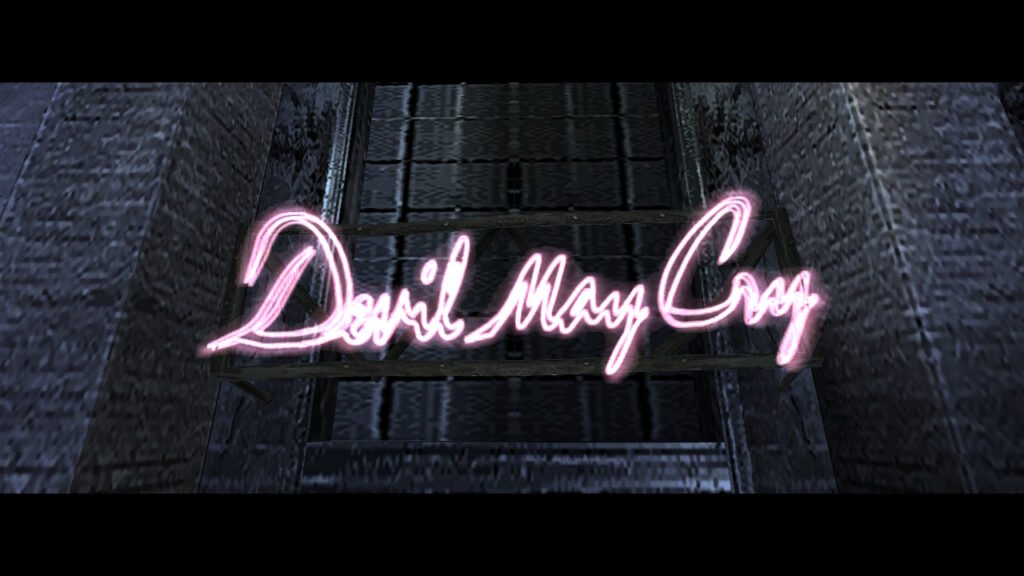
The original Devil May Cry was a landmark in 3D action games when it came out in 2001 on the PlayStation 2. At the time, there was nothing else that could offer anything like the stylish and challenging gameplay. Naturally, it spawned imitators.
Capcom was in a race with the likes of God of War, Ninja Gaiden, Chaos Legion, and Shinobi during the 2000s. Like any publisher rushing to compete in a budding subgenre, they quickly slapped together a shoddily made sequel that is mocked to this day- Devil May Cry 2.
Undeterred by the failure of Devil May Cry 2, Capcom chose to re-establish the franchise with a prequel, and what many consider to be one of the best PlayStation 2 games ever made. In 2005, Devil May Cry 3: Dante’s Awakening redeemed Capcom.
The western release came with some outrageous difficulty that pushed gamers to their absolute limits. It was so hard, that Capcom re-released a rebalanced version with bonus features as Devil May Cry 3: Special Edition. Ever since, all ports have been based off the Special Edition, until the Nintendo Switch port that adds even more to a profoundly dense package.
Devil May Cry 3: Special Edition
Developer: Capcom
Producer: Capcom
Platforms*: Nintendo Switch (reviewed), Playstation 4, PlayStation 3, PlayStation 2, Xbox One, Xbox 360, Microsoft Windows
Release Date: February 20, 2020
Players: 1 to 2
Price: $19.99
* Including Devil May Cry 3: Dante’s Awakening, Devil May Cry HD Collection, and older editions of Devil May Cry 3: Special Edition
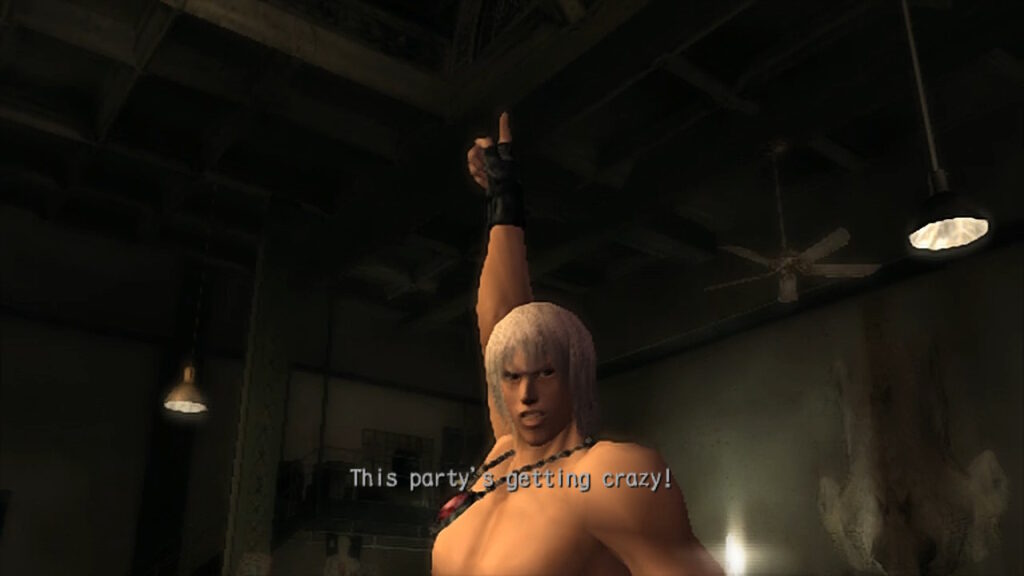
The original Devil May Cry has a known history for its troubled development as one of the early versions of Resident Evil 4. A lot of the survival-horror trappings that Resident Evil was known for was still present; fixed camera angles, key items to open doors or activate and a gloomy gothic ambiance.
When Devil May Cry 2 came around, there was nothing to go on to what established Devil May Cry as a series. Devil May Cry 3: Dante’s Awakening is where the franchise found its footing.
The outrageous personality and overall cockiness of Dante began here, as well as the refined styles and series’ penchant for ludicrous weapons. From here onwards, Devil May Cry 3 became the standard for all future sequels (and one reboot) to come.
The initial release of Devil May Cry 3: Dante’s Awakening was compromised in the west. Capcom took what was already a very challenging action game and decided to make the hard mode the default normal setting, and make the Normal Mode the “Easy” mode.
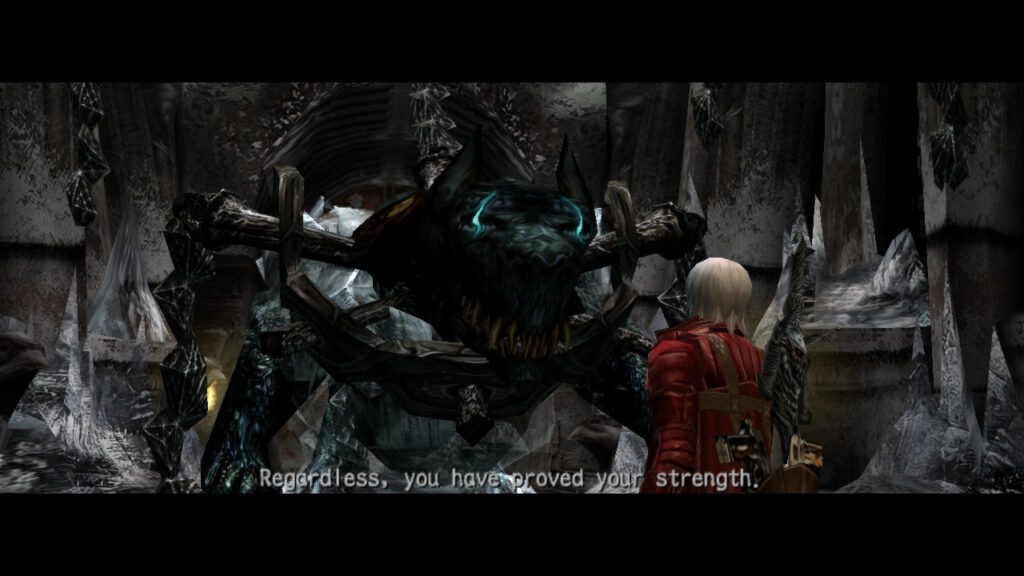
This cut out the original Easy Mode entirely and established a cruel learning curve at the very start of the game. There was just no way to come to grips with the elaborate combo mechanics when first playing, and the only way to access the Easy Mode, (which is actually Normal) was to die.
The US version of Dante’s Awakening was an incredibly difficult game, and you’d be hard pressed to find anything that had as much depth or replayability on the PlayStation 2. This was until Devil May Cry 3: Special Edition completely rendered it obsolete.
Special Edition not only restored the original balance for the difficulty modes in Dante’s Awakening, but it also came with a ton of extra features and content. If things felt spicy before, then Special Edition made it nuclear by adding a Turbo Mode, that speeds up the action by 20%.
Compounded with extra side boss battles, playable Vergil with his own unique weapons and style, and the 9,999 floors of Bloody Palace Mode; Special Edition was a substantial upgrade that would eventually see ports on future platforms.
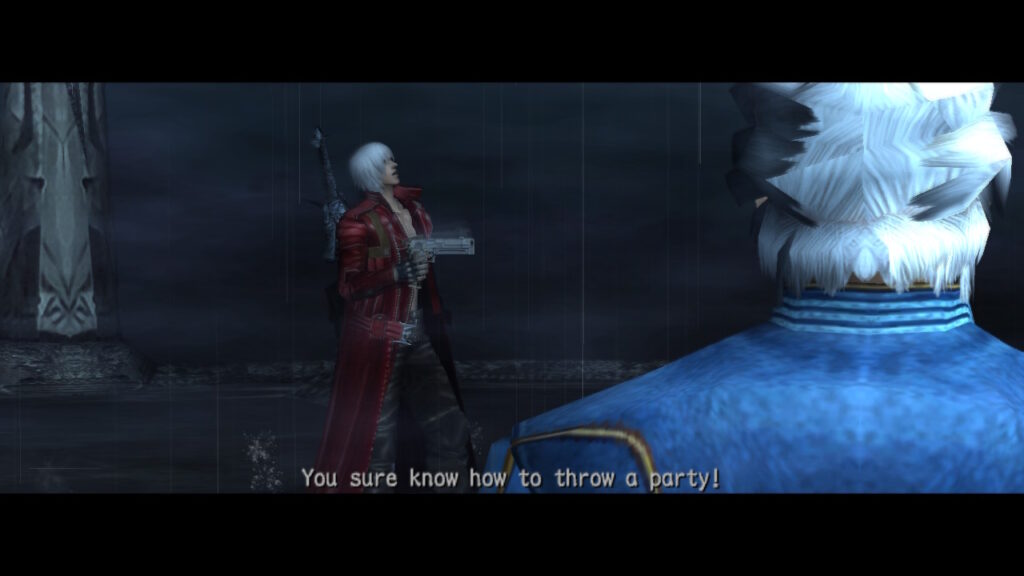
A lot of the appeal of Devil May Cry 3′s gameplay is its extremely high skill ceiling. Dante is able to chain together attacks and raise his style rating, if players are able to be creative and keep mixing attacks. Compounded with six styles, six melee weapons, and six guns; the potential for expression is nigh-endless.
Every weapon gets alternate attacks that is tied to each style, and every single one of them is useful and always satisfying to use. Dante’s attacks are jaw-dropping with how ludicrous he can get, and things can be taken to even more insane heights when using Devil Trigger to augment his power further.
If you were playing Devil May Cry 3 on any platform but the Nintendo Switch version, then you would have to choose which style and weapon you take with you between fixed points.

The option to switch weapons and styles on the fly was a feature that became standard when Devil May Cry 4 came around. Now that Devil May Cry 3 has it with the new “Free Style Mode” in the Switch Special Edition, even the acclaimed Devil May Cry V stands to be eclipsed by the venerable PlayStation 2 game.
No longer do you need to go a merchant statue to set Dante’s load out and style. All six styles can be instantly switched to with a press on the directional buttons (doppelgänger and quicksilver requiring double taps), and weapon wheels for fire arms and melee equipment are mapped to the left and right triggers.
Much like Turbo Mode, once you’ve gotten a taste of Free Style, there is no way you will ever play Devil May Cry 3 the old way again. The range of actions that are at your disposal to fight an incredible roster of enemies, keeps you on edge to constantly be hungry for more action.
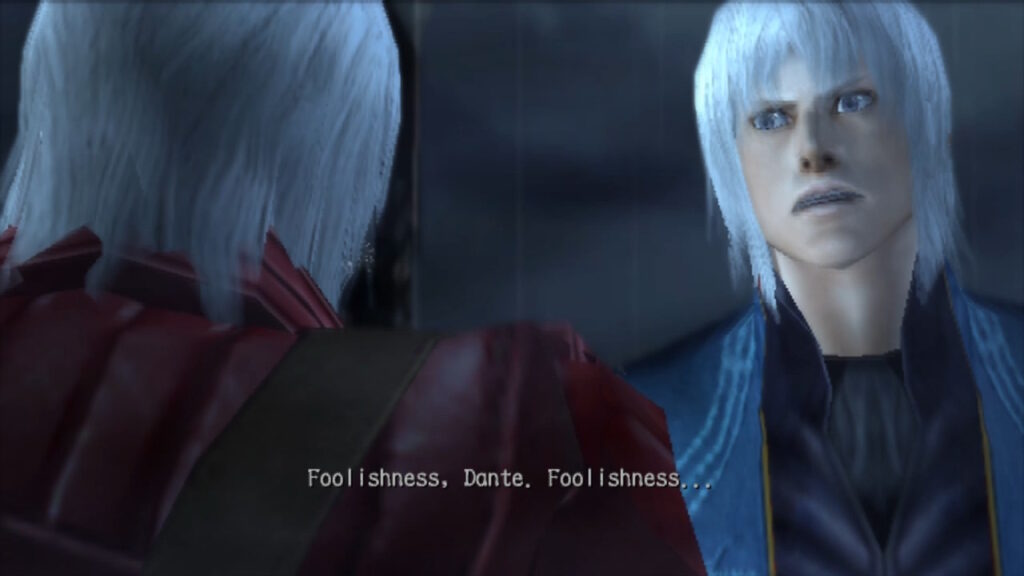
Amazingly, Capcom did no noticeable rebalancing to accommodate Dante’s new versatility. Devil May Cry 3’s foundation was already so strong, that it was never so much about adding Free Style mode, but more like taking away a limitation.
If Free Style Mode is not enough to convince veterans to give this version of Devil May Cry 3 a go, then the more refined Bloody Palace co-op mode will.
In the past, players could use a hidden mechanic to allow a second player to control their doppelgänger when using that style. On Switch, co-op players can choose to play as either Dante or Vergil when daring to take on the 9999 floors.
This works out so well, that it becomes a party game. Things get hectic with how both brothers do their thing when fighting swarms of enemies, especially with their own Devil Triggers activated.
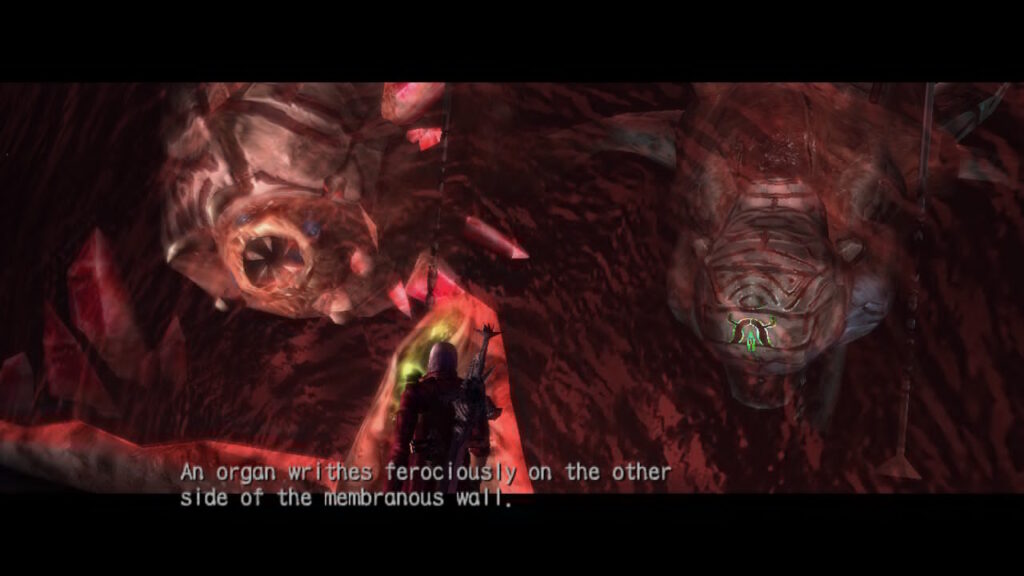
If you are already a fan of the Devil May Cry franchise, then this is a no-brainer. For the uninitiated, Devil May Cry 3 is a prequel that stands on its own, so it is also an excellent entry point for newcomers. It is about two half-demon brothers who have the most intense rivalry of all time.
Dante is the fun-loving, cocky, ladies man who is simply trying to start a demon hunting business. Vergil is a motivated, aloof, and ambitious warrior who seeks to prove himself to be the more powerful twin. Naturally, they fight… A lot.
It is a straightforward story, but it’s told deftly with highly entertaining cutscenes, and some thoughtful writing. Somebody cared enough about the character writing to make every character have clear motivations, and an arc that makes sense.
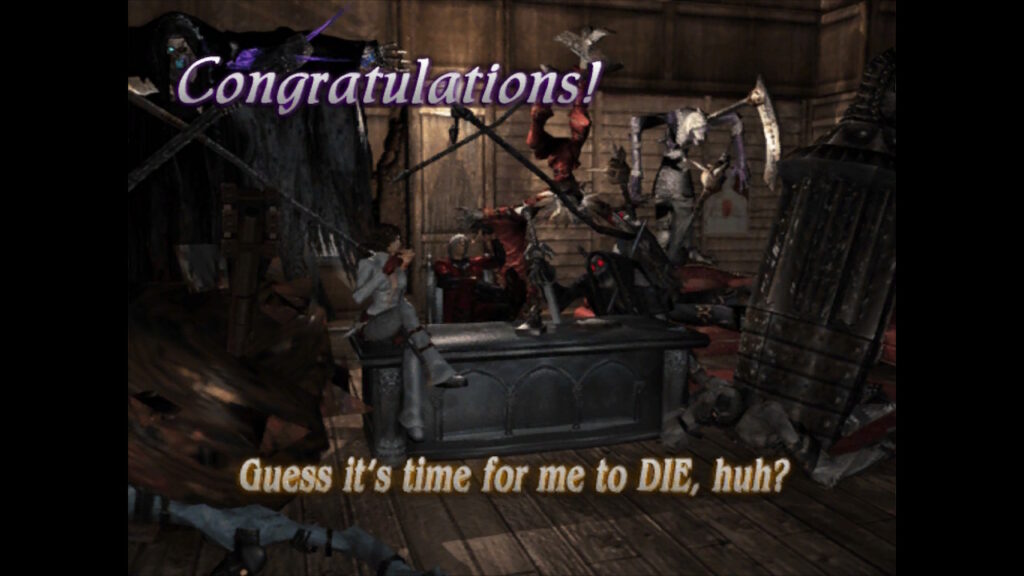
The visuals were some of the best the PlayStation 2 had to offer. For a title that was running 60 frames per second, the environments could be expansive and dense with enemies filling the screen. This was also with the incredible effects going on, from the magical devil arms that light up like a Fourth of July celebration.
It may not look like much today, when compared to other 3D action games on Switch like Bayonetta 2. When played in portable mode, Devil May Cry 3 does manage to impress thanks to its art direction. The gothic punk vibe was something this game perfected; something that not even the sequels bothered to recapture.
Image quality during gameplay is perfectly crisp, with the cutscenes being the same pre-rendered resolution they have always been. It is something that cannot be helped, given the era and limitations of the time. If you’re playing in portable mode, the small screen hides any indication that scenes are a different resolution.
Character models manage to have a decent balance of manga meets Hollywood. Animation in particular stands out as comparable to what modern developers are putting out today. Devil May Cry 3 is not only an impressive feat technically, it is also an artistic marvel as well.
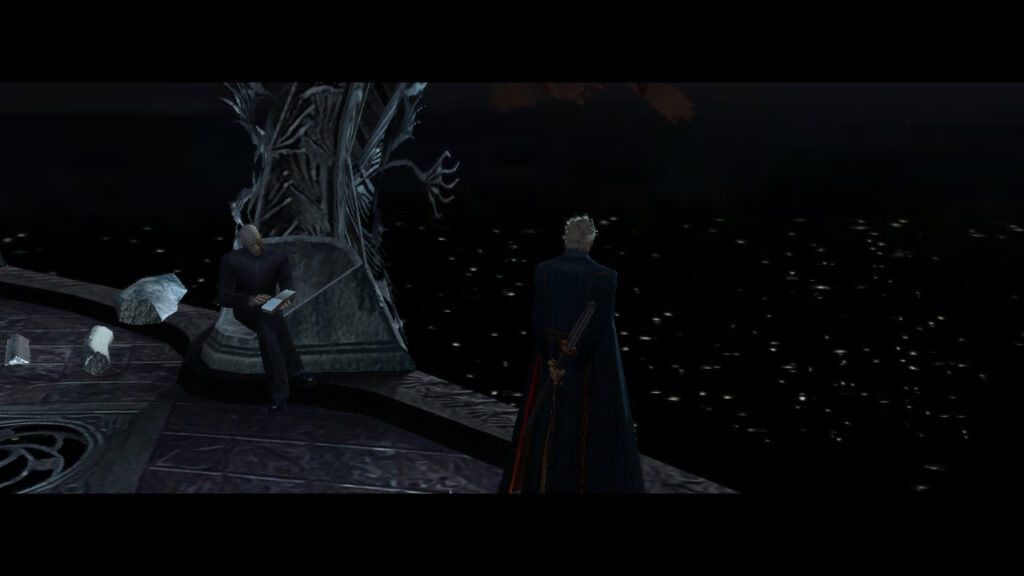
Playing through Devil May Cry 3 once is not really playing it at all. Hideaki Itsuno was meticulous with how much replay value he could stuff into a single action game. Not even counting Blood Palace and unlockable difficulty modes, simply playing as Vergil adds another several layers to the gameplay.
Vergil has his own gameplay mechanics that are vastly different from Dante’s. He has a much more technical play style which is intended for advanced players. Getting good with him becomes rewarding since he can be more powerful when utilized properly.
His campaign is bordering on being an afterthought since there are no cutscenes barring a brief intro. It is almost like a very impressive mod that lets you play the levels of the campaign as a totally different character. Even the campaign ending is a jarring cut to credits right after delivering the final blow- like the end of Rocky.
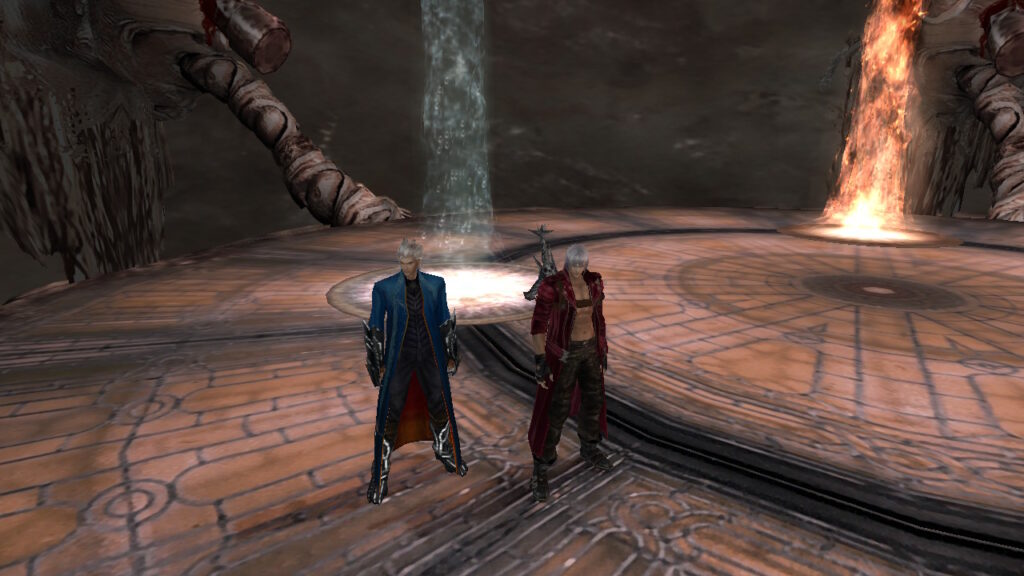
The points where Dante would have normally fought Vergil still involve fighting Vergil as Vergil; the difference is that he sports a red coat instead of his classy royal blue. This attempt to emulate a fight with Dante as Vergil is adorable, and to this day is something fans can only get in a Marvel VS Capcom game.
The soundtrack is still the same kind of 2000s era grunge rock when battling. When not sticking it to Vergil’s minions, the ambient music has that moody atmosphere that permeates all of Capcom’s survival-horror titles. It often sounds like there is some kind of distant evil lurking behind the walls or ghosts of the past murmuring past your ear.
Ruben Langdon is more than just the voice of Dante, he is also his motion capture performer, and even stunt choreographer. For all intents and purposes, he is Dante. There is no more definitive personality than the one crafted by Langdon.
Dan Southworth as Vergil has the daunting task of being the more reserved of the two brothers, and it would have been easy for him to be overshadowed by Langdon’s charisma. Southworth however, manages to bring a lovable snobbiness to Vergil, that makes him seem too cool for all of his little bro’s shenanigans.
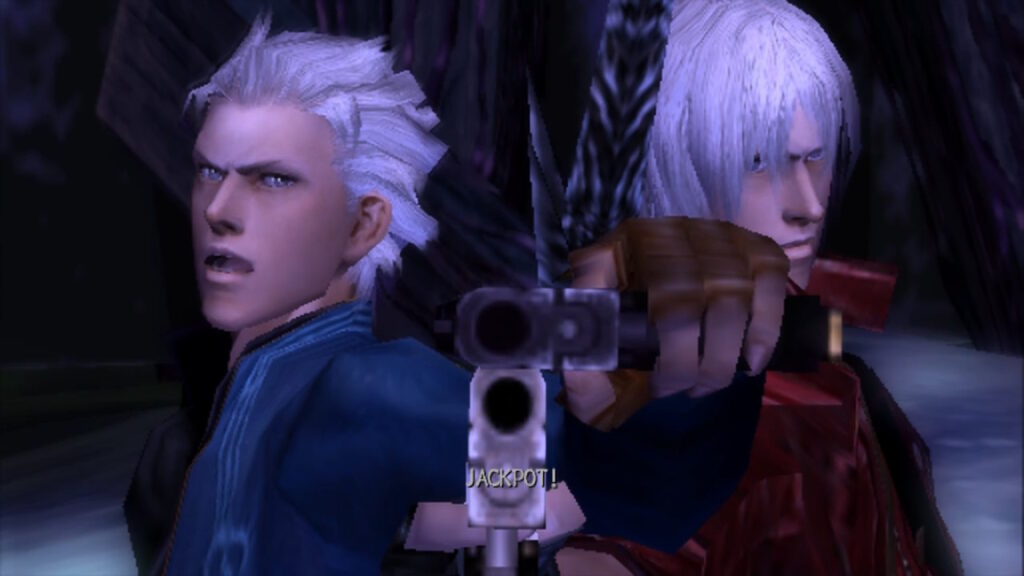
Devil May Cry 3: Special Edition on Switch is easily the definitive way to experience one of the best action games ever made.
It looks as good as it possibly can, and the improved features that vastly expand the ways you can play it- on top of the long list of extra modes- will reinforce this as the game people will keep playing and discovering new combos and strategies.